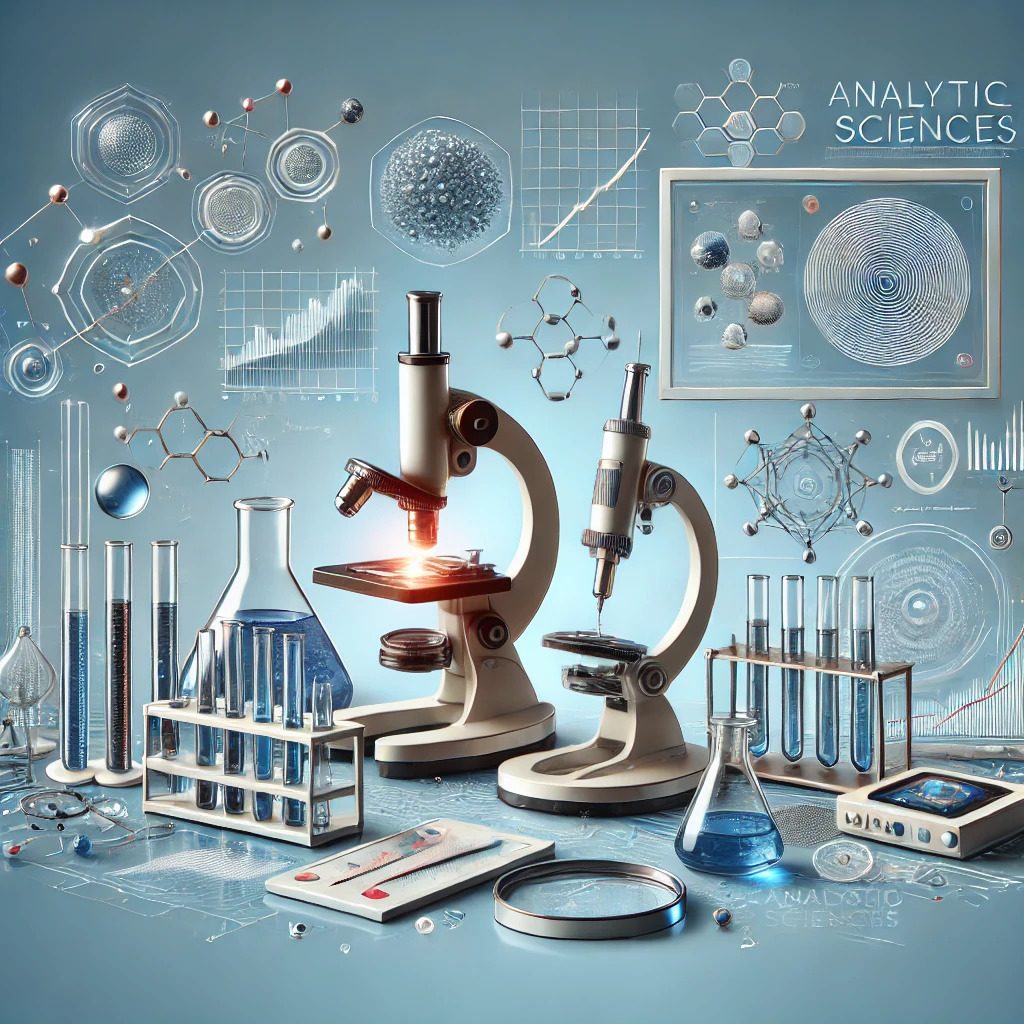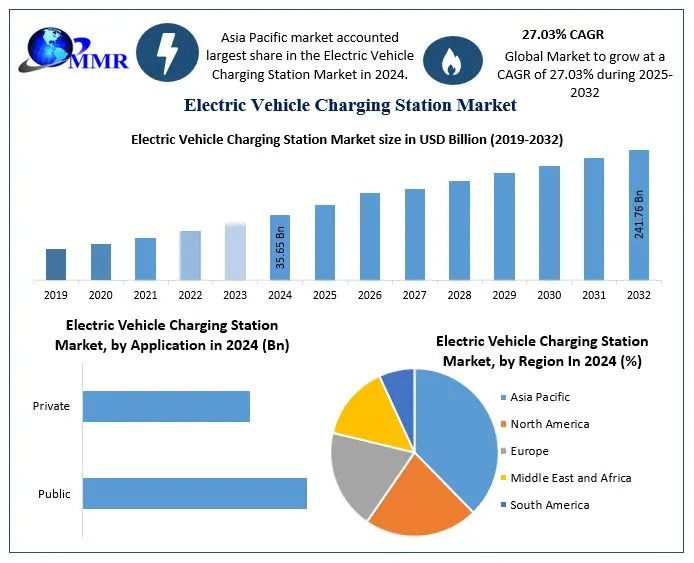Analytical sciences form the foundation of modern scientific research, industry, and innovation. They provide the methodologies necessary to identify, quantify, and characterize chemical and biological systems. As technology advances, the gap between theoretical principles and real-world applications continues to narrow. The integration of cutting-edge techniques, artificial intelligence (AI), automation, and sustainable practices is shaping the future of analytical sciences. This article explores how theory and practice are converging, highlighting the trends and challenges defining the next generation of analytical sciences.
1. Advancements in Instrumentation: From Theory to Application
1.1. High-Resolution Spectroscopy and Microscopy
Advances in spectroscopy and microscopy have enabled unprecedented levels of detail in material characterization. Techniques like:
- Cryo-Electron Microscopy (Cryo-EM): Allows near-atomic resolution imaging of biomolecules, revolutionizing structural biology and drug discovery.
- Super-Resolution Microscopy: Breaks the diffraction limit of light, improving cellular imaging for medical research.
- Fourier Transform Infrared Spectroscopy (FTIR): Enhances molecular fingerprinting in pharmaceuticals and environmental monitoring.
1.2. Mass Spectrometry and Chromatography Innovations
Theoretical advancements in separation science have led to more sensitive, accurate, and high-throughput analytical techniques:
- Ion Mobility-Mass Spectrometry (IM-MS): Improves molecular characterization by incorporating ion shape and mass analysis.
- 2D and 3D Chromatography: Enables better resolution of complex mixtures, particularly in proteomics and metabolomics research.
- Ambient Ionization Techniques: Such as direct analysis in real-time (DART-MS), allow rapid, on-site sample analysis without complex preparation.
1.3. Miniaturization and Lab-on-a-Chip Technologies
Bridging theory with real-world applications, microfluidics and lab-on-a-chip devices offer portable, cost-effective, and efficient solutions for point-of-care diagnostics, food safety, and environmental monitoring.
2. Artificial Intelligence and Automation in Analytical Sciences
2.1. AI-Powered Data Processing
With the increasing complexity of analytical data, AI-driven algorithms are now essential for:
- Pattern Recognition: AI can detect subtle variations in mass spectrometry, spectroscopy, and chromatography data, improving diagnosis and material characterization.
- Predictive Modeling: Machine learning models forecast molecular behaviors, optimizing drug development and chemical processes.
2.2. Robotics and High-Throughput Screening
Automated platforms, equipped with AI, have revolutionized:
- Pharmaceutical Testing: Rapid screening of thousands of drug candidates using automated mass spectrometry and spectroscopy.
- Environmental Monitoring: Continuous real-time analysis of pollutants using sensor networks.
- Materials Science: AI-assisted discovery of new materials with tailored properties.
3. Sustainability and Green Analytical Chemistry
3.1. Eco-Friendly Analytical Techniques
Green chemistry principles are driving the development of sustainable analytical methods, including:
- Chromatography Without Solvents: Reduces hazardous waste and environmental impact.
- Biosensors: Utilize biodegradable and renewable materials for chemical sensing.
- Paper-Based Analytical Devices (PADs): Low-cost, portable tools for medical diagnostics and environmental testing.
3.2. Real-Time Environmental Monitoring
Theoretical models are now applied in practical monitoring systems that track air, water, and soil pollution in real-time, ensuring compliance with environmental regulations and aiding in climate change mitigation.
4. Future Challenges and Opportunities
4.1. Data Management and Interpretation
With the increasing complexity of data, ensuring reproducibility, accuracy, and data integrity remains a challenge. AI and cloud-based platforms will play a key role in organizing and analyzing large datasets.
4.2. Interdisciplinary Collaboration
The future of analytical sciences depends on collaboration across fields such as physics, chemistry, biology, and computer science. Developing universal standards and open-access data repositories will facilitate knowledge sharing and accelerate scientific breakthroughs.
4.3. Ethical and Regulatory Considerations
As AI and automation become integral to analytical sciences, ethical concerns regarding data privacy, algorithmic biases, and regulatory approvals will need to be addressed. Governments and scientific organizations must establish clear guidelines for responsible AI use in analytical applications.
Conclusion
The future of analytical sciences lies in bridging theoretical advancements with real-world applications. Cutting-edge instrumentation, AI-driven automation, and sustainable practices are transforming how analytical techniques are applied in healthcare, environmental science, and technology. By integrating interdisciplinary collaboration and ethical considerations, the next generation of analytical sciences will continue to drive innovation, ensuring a more efficient, accurate, and sustainable future.












